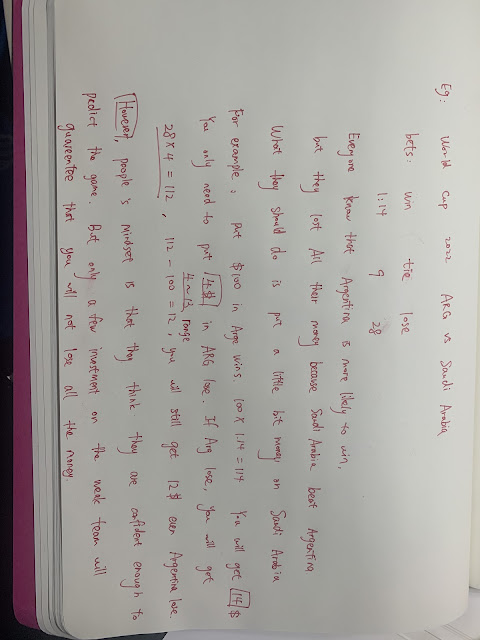5/15 Blog
How to become a wise player in betting
"World Cup semifinals, Brazil draw against Germany, Brazil 1 to 0.93, Germany 1 to 1.01."
These are the so-called "handicaps", or odds, of regular foreign bookmakers. Soccer commentators often use these odds to predict the likelihood of winning or losing a match. The team with the higher odds has a lower chance of winning, and vice versa. These odds are also considered by many fans to be highly accurate estimates of the outcome of a match.
If asked why, the argument given by fans is most likely that the bookmaker will lose money if the odds are set incorrectly, so in order to set the odds correctly, it is necessary to estimate the probability of winning or losing as accurately as possible. Some fans even believe that the bookies have a precise mathematical model to predict the winner of each game, which finely calculates the effects of player injuries, referees and even turf.
Undefeated bookmakers
A simple method for bookmakers to ensure profitability
To build a mathematical model that outlines hundreds of factors that affect the game, and to collect all kinds of data for each game and make corrections to the model from time to time, is a virtually impossible project. In fact, there are far simpler ways for bookies to ensure profitability.
For example, in the betting example I gave at the beginning, if Brazil wins, then fans who bet on Brazil will not only get their capital back, but will also get 0.93 times their capital as a bonus, while fans who bet on Germany will get nothing.
If Germany wins, the opposite is true, and the reward for betting on Germany at that point is 1.01 times the principal. If the bets on both sides are x and y respectively, the bookie will pay 1.93x as a bonus if Brazil wins, and 2.01y otherwise. by simple inequality, the bookie will not lose money in any case, as long as x/y is between 1.01 and 1.075. We refer to this interval as the betting company's profit interval. As long as the percentage of bets falls within this profit range, the bookmaker will be profitable. Although the odds vary from game to game, the basic principle is the same.
It is easy to estimate the odds by the current percentage of bets.
For example, if the bets on one day are €1.05 million on the Brazilian side and €1 million on the German side, the odds for the next day will be set based on this data. We expect the ratio of bets on the next day to be about 1.05 to 1, let's say also €1.05 million and €1 million. In this case, if Brazil wins, we have at most 2.05 million euros to pay out to Brazilian supporters, so Brazil's odds cannot exceed (205/105)-1, which is about 0.95, and similarly Germany's odds cannot exceed 1.05. In order to make a profit and avoid the risk of inaccurate predictions of betting ratios, we appropriately adjust the odds of both sides downward, setting Brazil's odds at 0.9 and Germany's odds at 1.0.
So, if a company wants to make a profit, it needs to predict not the outcome of the game, but the percentage of bets on different outcomes.
However, we can also do simple calculations to keep us from losing as much money as possible. This is a simple mathematical formula I made with my classmates during the World Cup. Since there are three options, win, draw, and lose.
My friend and I would usually pick the two most likely options than either winning or losing. Of course, one more option means one less return, but it can also help you get some of your capital back when the game goes cold.
Here's a simple diagram




Comments
Post a Comment